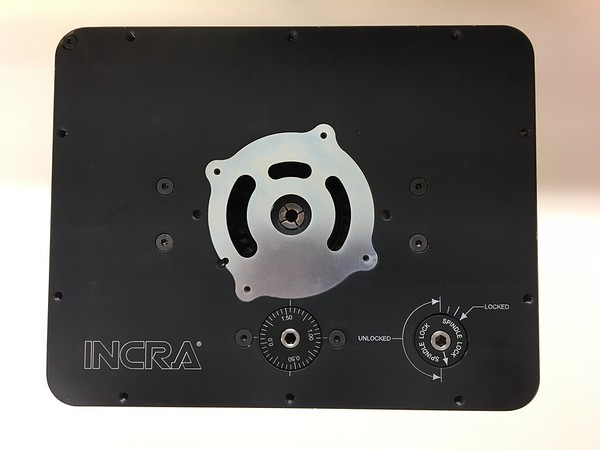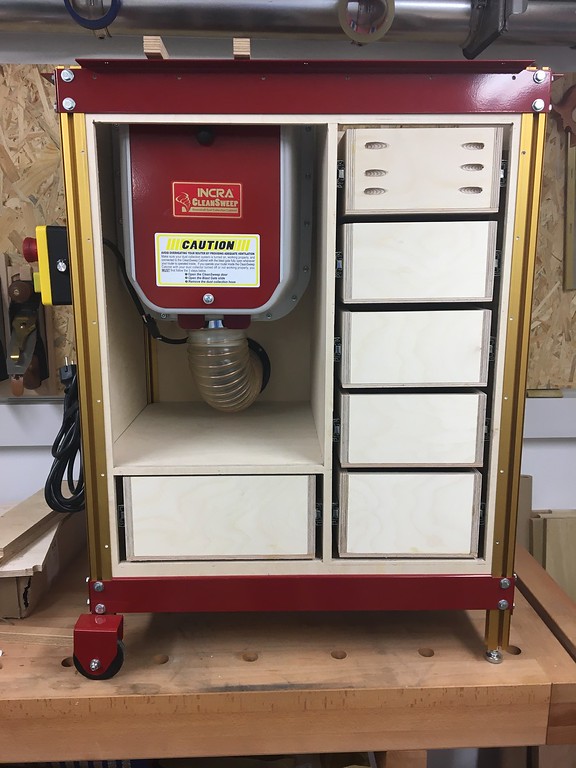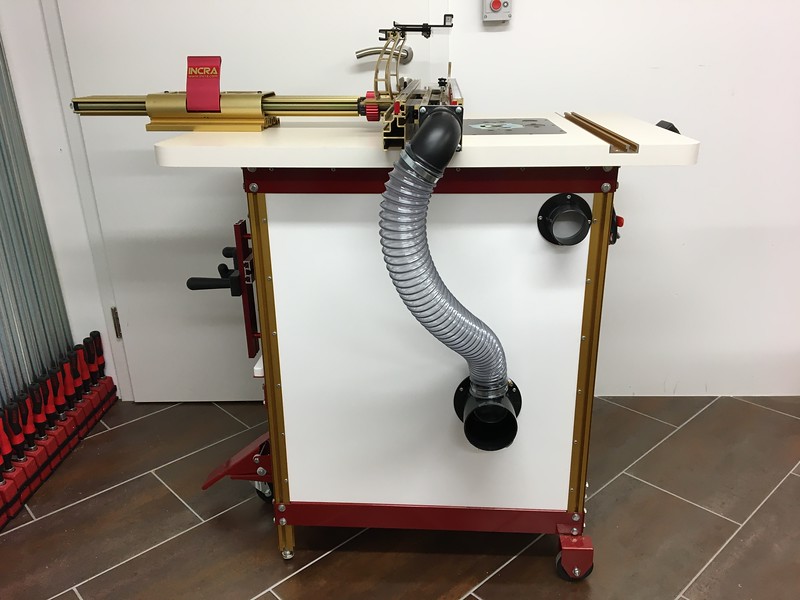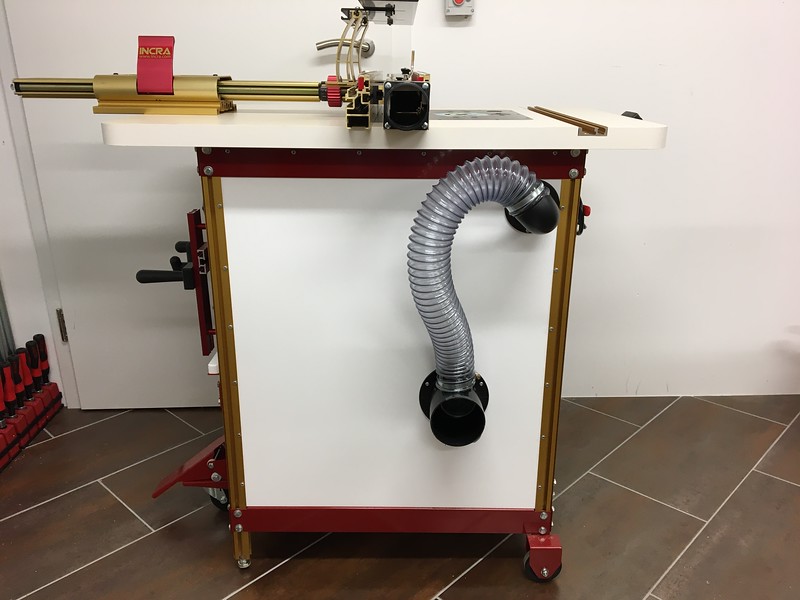Grantx
Established Member
What would be a suitable extraction setup for the following:
Axminster Professional AP1854B Bandsaw - 230V
Trend Yeti CNC Precision Pro SmartBench
Standard Bench top router
I need to install:
Any recommendations?
Many thanks.
Axminster Professional AP1854B Bandsaw - 230V
Trend Yeti CNC Precision Pro SmartBench
Standard Bench top router
I need to install:
- 100mm steel ducting tubes running to each machine,
- Chip separation (cyclone?)
- Filtration (HEPA filters)
- Strong enough extraction unit.
Any recommendations?
Many thanks.






































